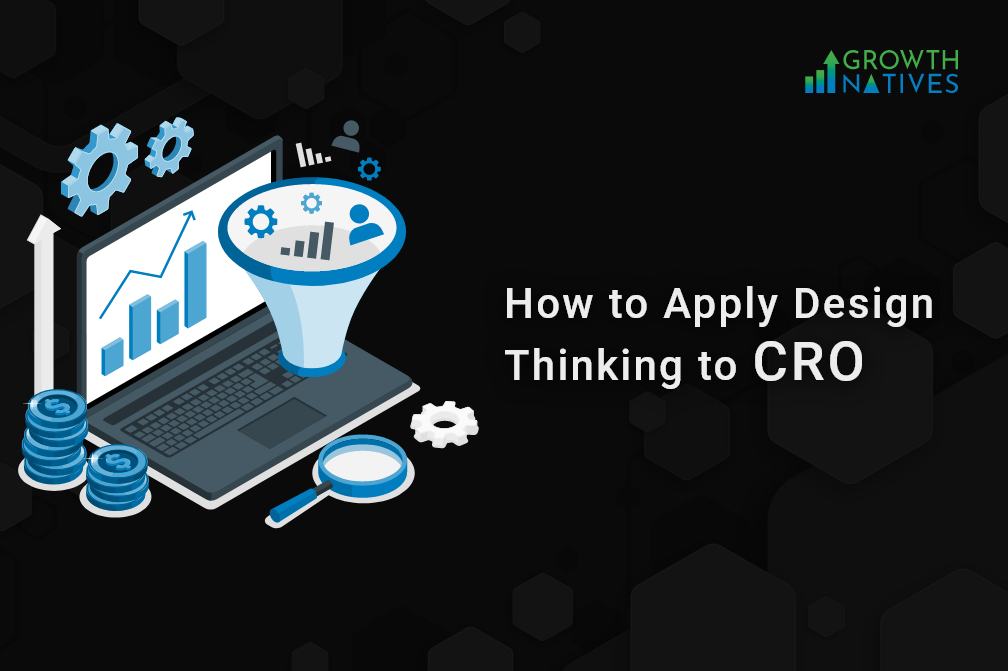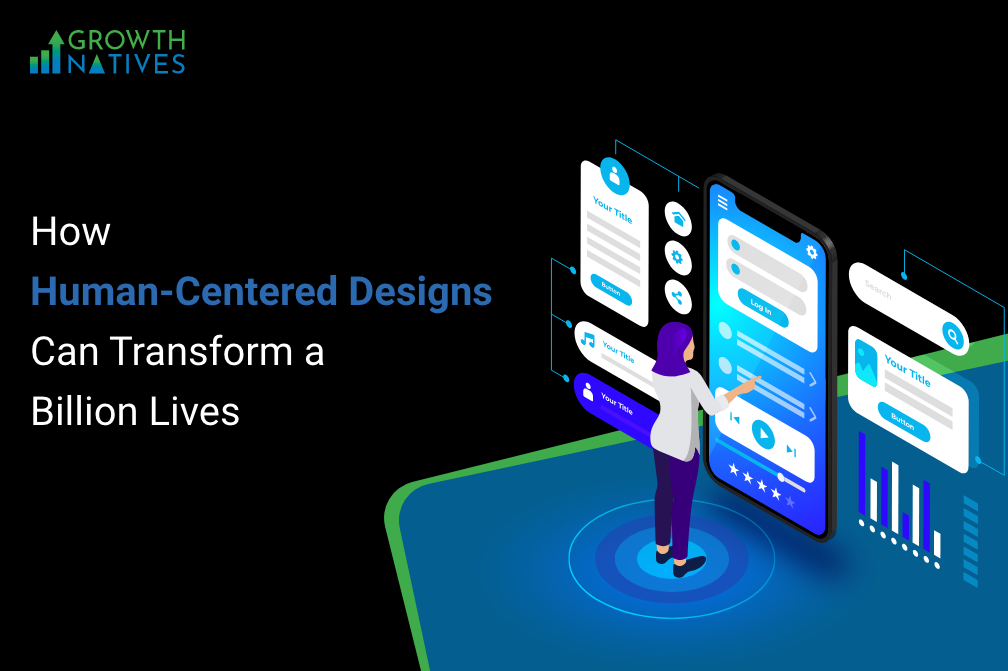
How to Apply Design Thinking to CRO
By Sakshi Arora
Dec 9, 20216 min read
‘Conversion’ is the most important word for any marketer. Even the most inspiring design, captivating content, and mesmerizing user experience would be insignificant and meaningless if it doesn’t lead to conversions. Brands need to constantly focus on improving their conversion rate optimization (CRO) to stay ahead of the competition.
Marketers are adopting the design thinking approach to improve CRO for websites and applications. It is helping marketers come up with superior designs and improve the user experience. It also helps in lowering the risks as they develop a better understanding of the users and build products that address pain points.
What is Design Thinking?
Design Thinking is a process where the focus is on solving the problems of end users above everything else. When you master design thinking skills, you can apply them in the field of architecture, manufacturing, and any other user-centric industry. It has found its way into the world of technology as more developers are adopting this approach to identify problems and implement alternative strategies that may not be conceived with the basic knowledge of users and their needs.
Design Thinking is a solution-based approach toward solving problems. The core idea behind this approach is to get into the shoes of your end user to understand their problems and solve them with the final product. Marketers develop empathy with users in this approach. On the other hand, designers question the problem, the assumptions about the target audience, and the implications of the product. As a result, you can address problems that are either unknown or ill-defined.
5 Phases of Design Thinking
- Empathize – Designers empathize with users to understand their real problems instead of relying on assumptions. Research is vital at this stage and is used to gather insights into the problem and understand it at a psychological and emotional level.
- Define – This step involves defining the actual problem based on the knowledge gathered in the previous step. It is important to come up with a clear problem statement at the end of this stage.
- Ideate – Once marketers know the pain points and have a problem statement, the process of brainstorming starts. This process is exhaustive as different solutions will be discussed before a solution or set of solutions is narrowed down to address the problem.
- Prototype – Here the idea is turned into a tangible product that addresses the core problems. The design may have to undergo multiple revisions and improvements depending on the outcome during prototyping.
- Test – The design is put through rigorous testing to identify the flaws and deal with them. This isn’t the last phase of design thinking as testing often puts the team back to the previous stage. A design that passes multiple tests is fit to be released in the market.
How to Implement Design Thinking to CRO
Users, their needs, and their personas are complex, and marketers need to implement solutions based on a thorough understanding of end users. Here, we look at implementing design thinking to improve CRO using the example of a payment gateway:
- Gathering Vital Data – No designer can simply get in the shoes of their target audience! The needs, problems, and aspirations of the target audience vary a great deal. Hence, marketers should put aside their assumptions and intuition and rely on hard data collected from the users during research.
For instance, if you are building a payment gateway, it is important to ask users which payment options they prefer instead of applying your reasoning to it. There is no magical formula to a high-converting design and your solution must be based on the real problems faced by your audience.
- Knowledge of Audience – Based on the data gathered in the research phase, marketers must develop a deep understanding of the aspirations, motivations, and concerns of their audience. It is also important to study the audience based on their demography and not assume them to be a homogenous entity. For instance, credit cards might be the most popular payment option among Gen X and Gen Y, whereas Gen Z might prefer wallets.
You can better understand your target audience by conducting surveys, interviews, and polls, asking relevant questions. Empathy is important here and at the same time, your questions should keep out assumptions and biases. - Working on the Solution – Once you know your audience and their problems, it is important to work on a design that motivates them. Here, the marketing team should discuss different design philosophies and narrow down on an approach that is likely to strike a chord with most of your target audience and lead to conversions.
For example, offering five different payment options might cater to 90% of the target group you interviewed earlier. This would be a good starting point for your application, and you can add more payment options to address the needs of the remaining 10% of your audience. - Putting it Through Acid Test – Nothing invites more brickbats than a poorly designed product. Your product needs a rigorous testing process where all case scenarios are tested. If you find any problems, resolve them and retest the product before launching it into the market. In the case of the payment gateway, it must be tested whether all the payment options are working and whether the refunds are getting processed.
Final Words
Design Thinking is aimed at coming up with innovative ideas and testing them thoroughly to improve user experience and conversion rate at the same time. This approach connects the dots between logic, instinct, and reasoning to build solutions that address the real pain points for the user. The problems are identified based on data and keeping assumptions at bay. This results in superior solutions to that traditional approach to designing websites and applications.
If you are looking to improve your Conversion Rate Optimization by adopting Design Thinking, Growth Natives would be proud to partner with you. As a fast-growing digital agency, we are catering to clients across the world and have experience in implementing Design Thinking in our projects. Visit our website or write to us at info@growthnatives.com to know more about our services.




